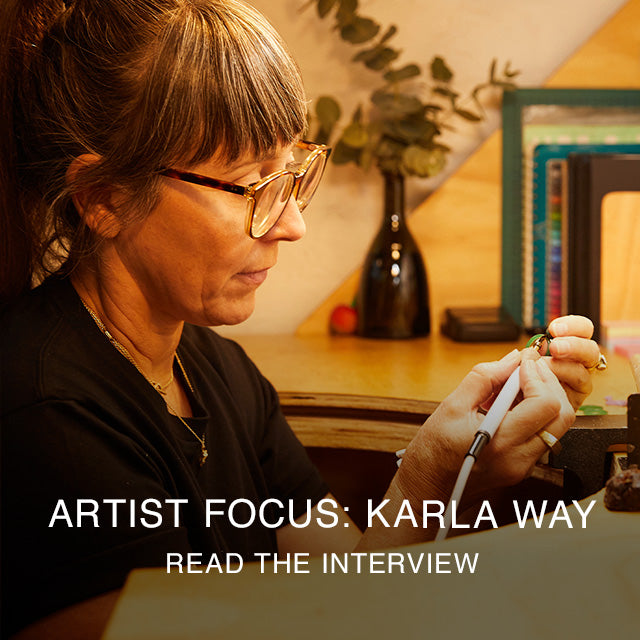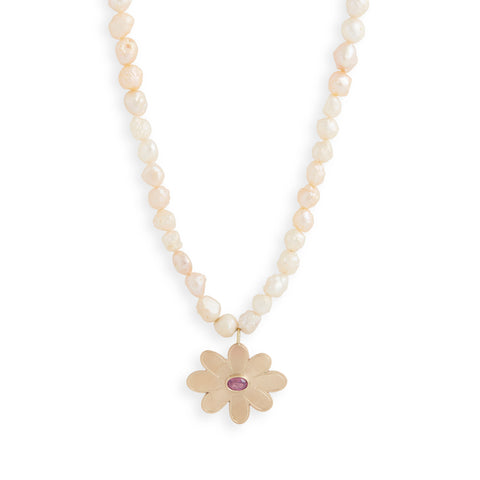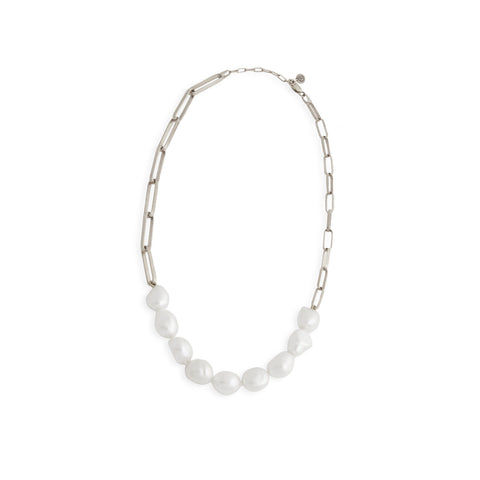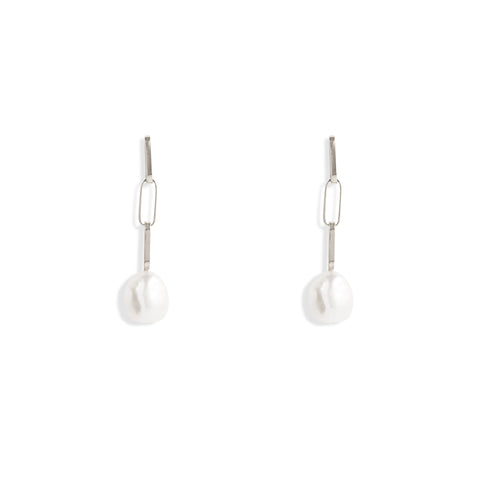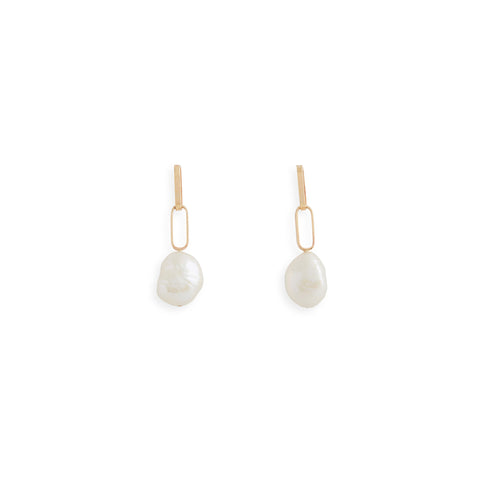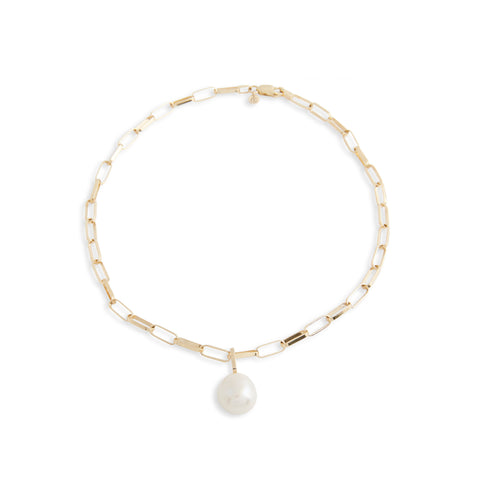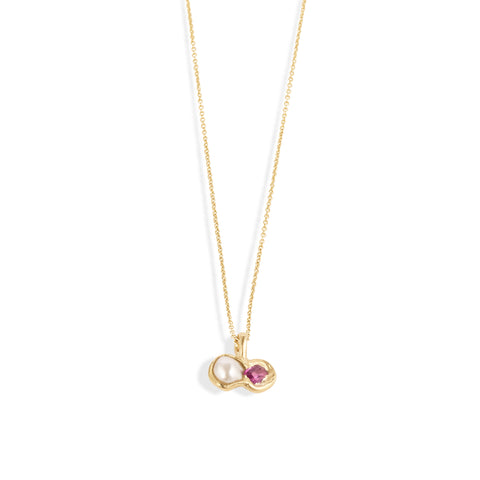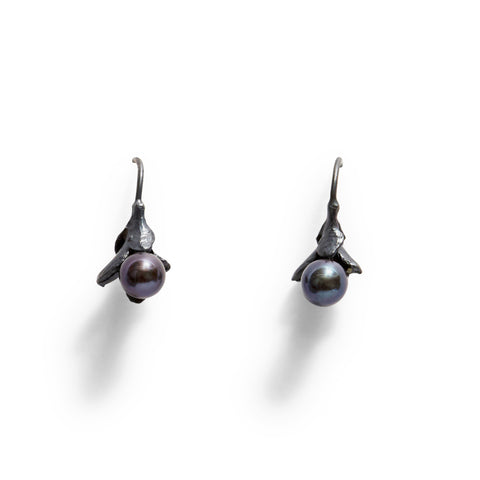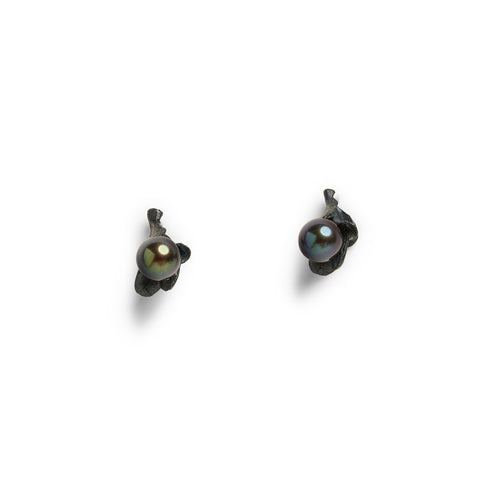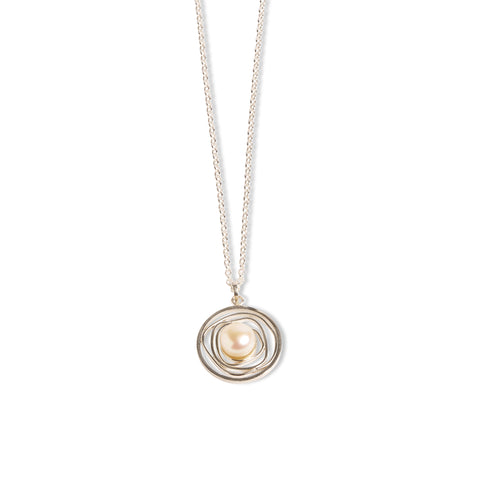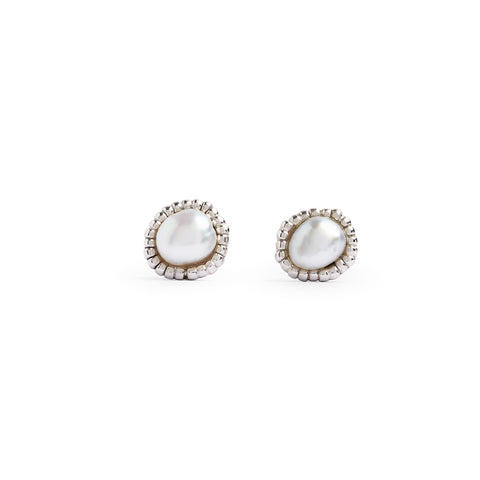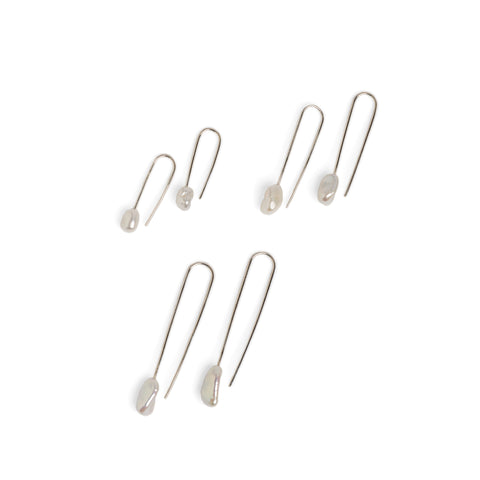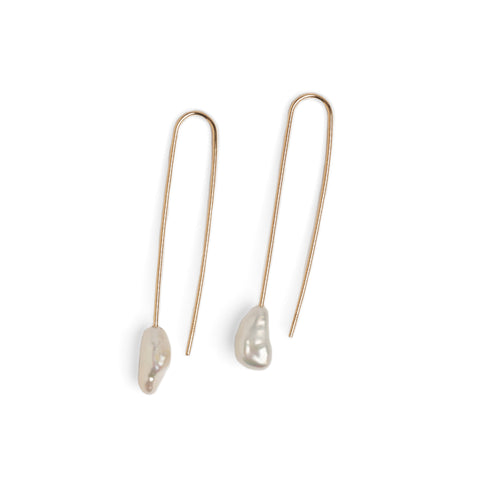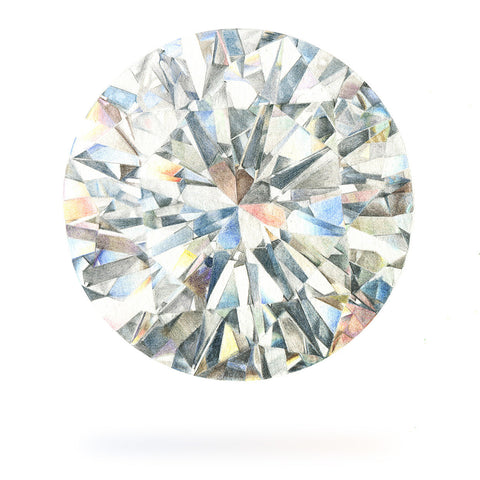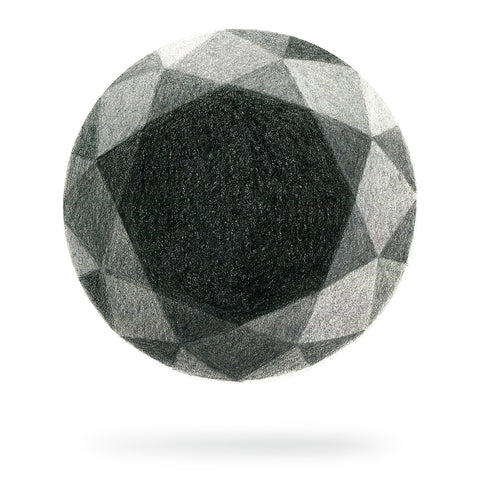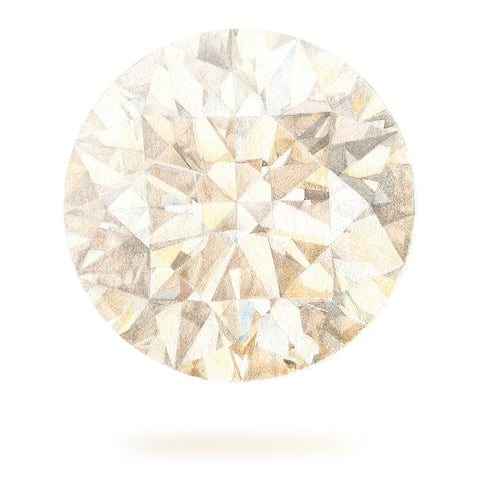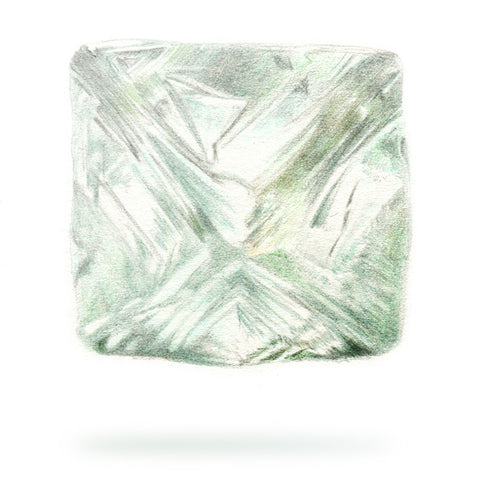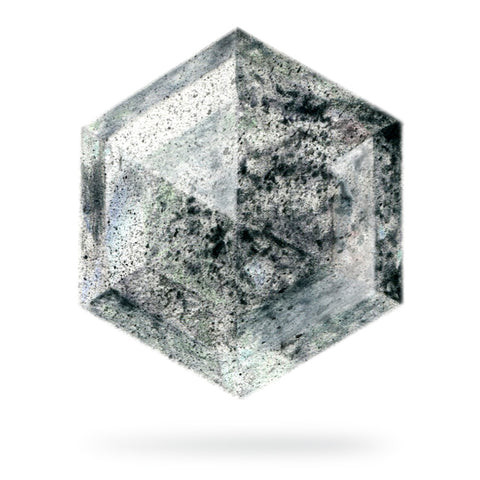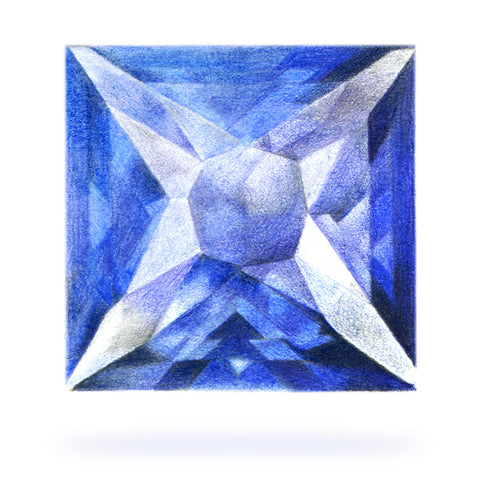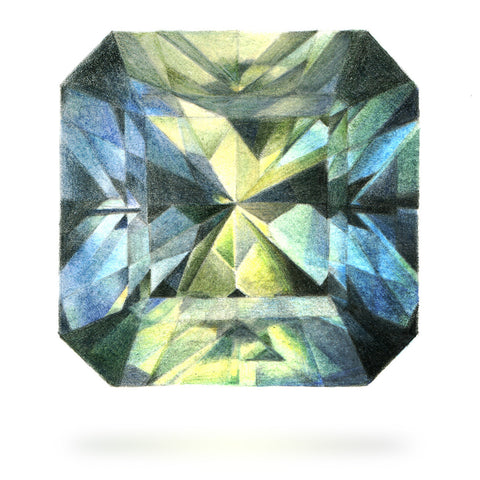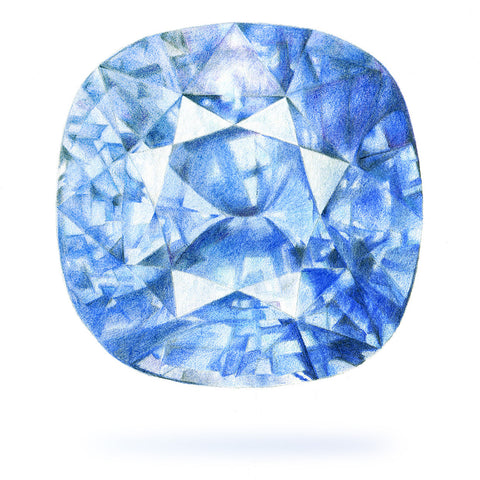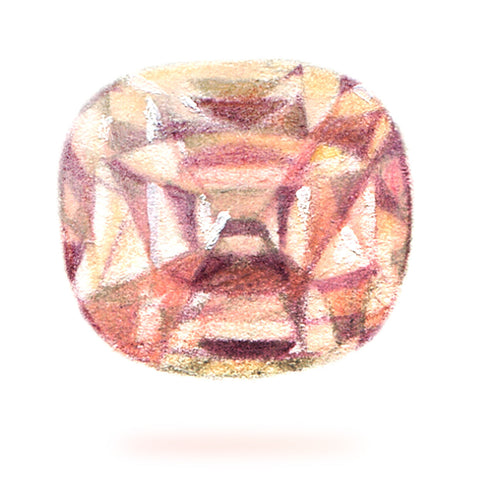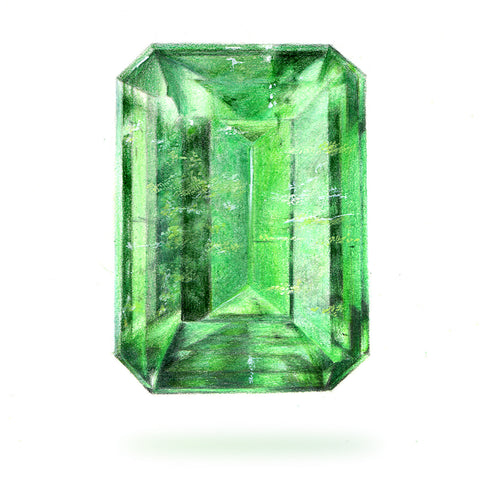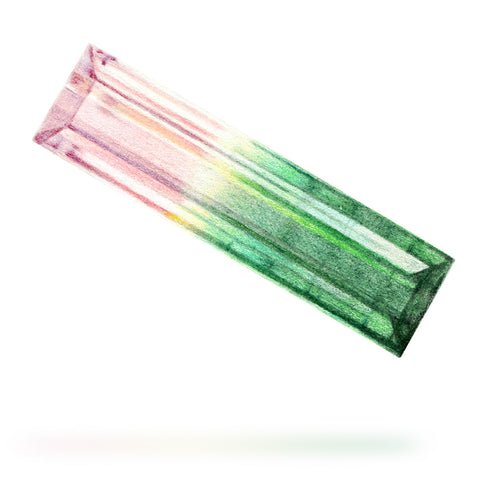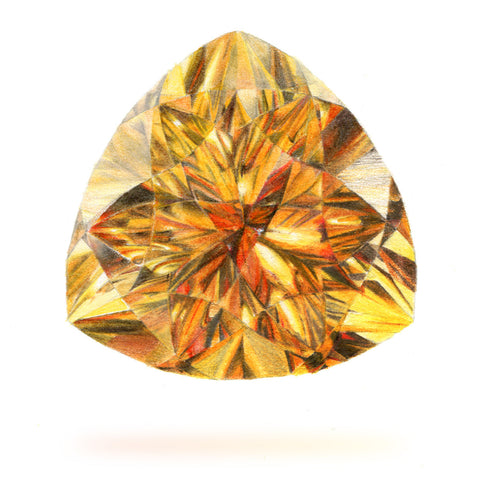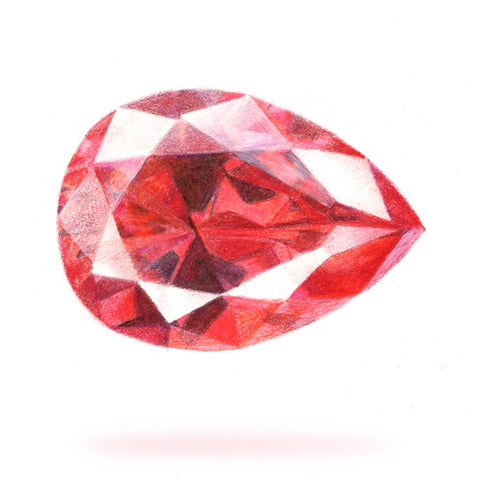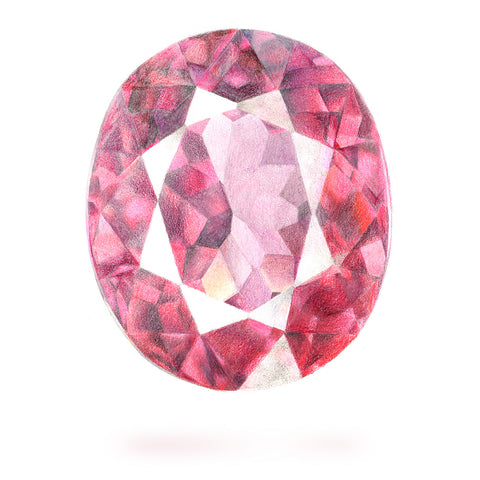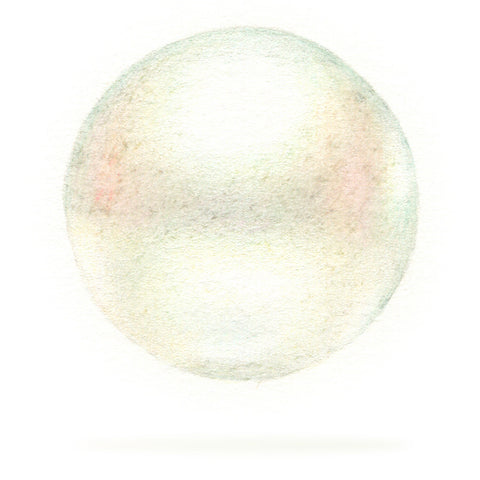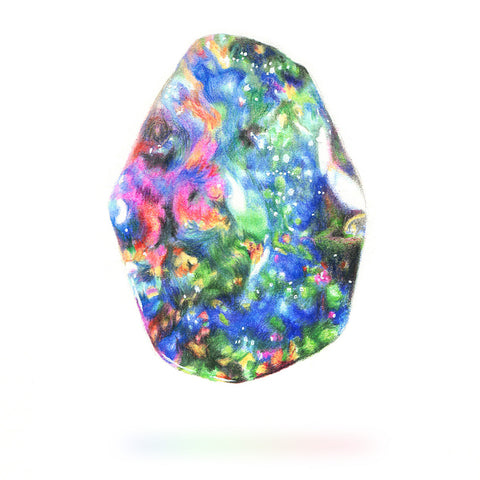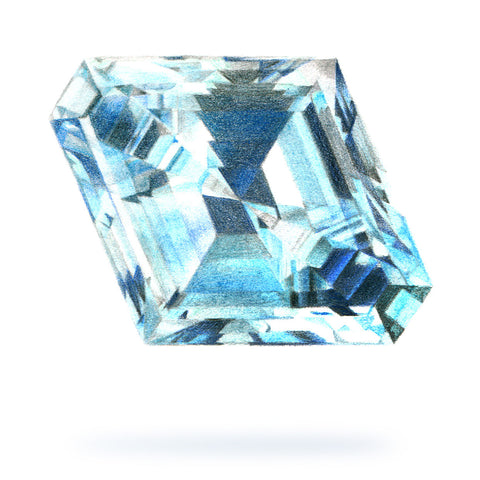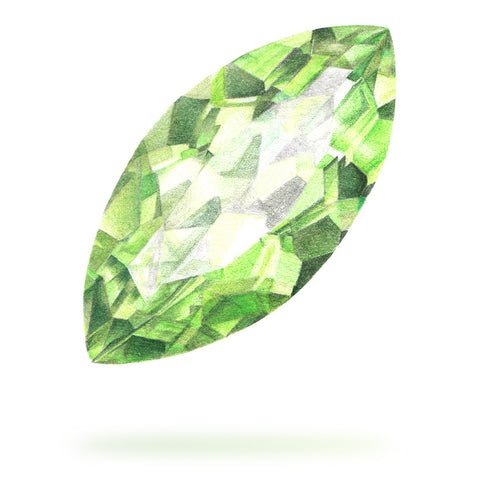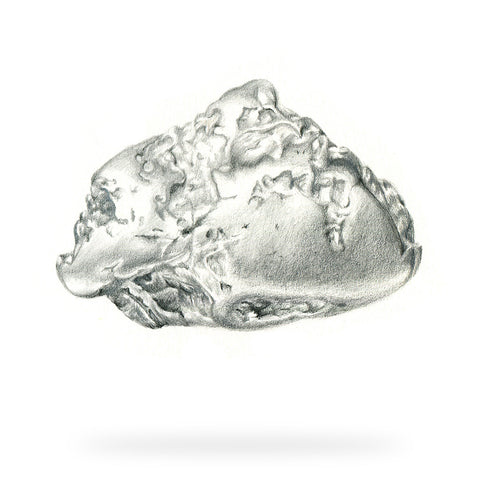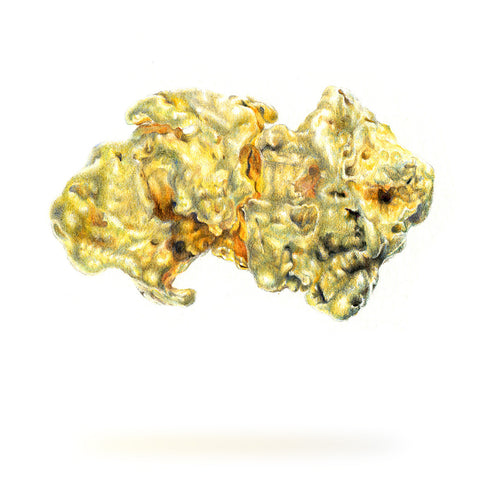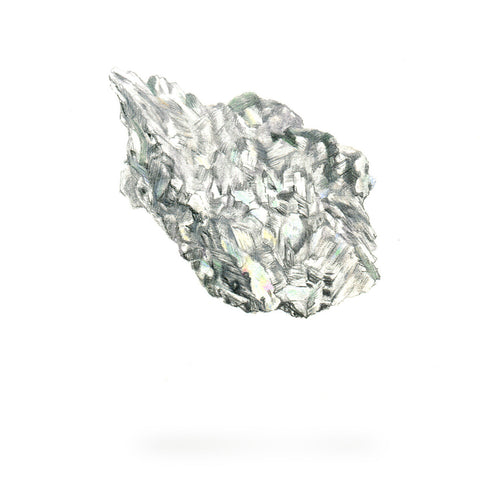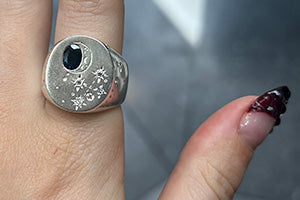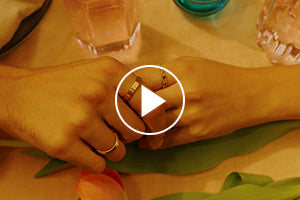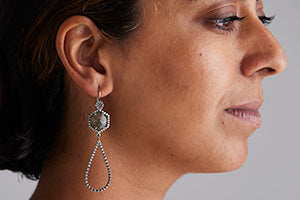Pearl

The only gem produced by a living organism, the pearl is a true organic marvel. Much loved as a symbol of status and luxury for thousands of years, pearls continue to be adored throughout the world. Their delicate nature requires the wearer to be conscious of how they wear their pearls but with the right attention, they can last for generations.
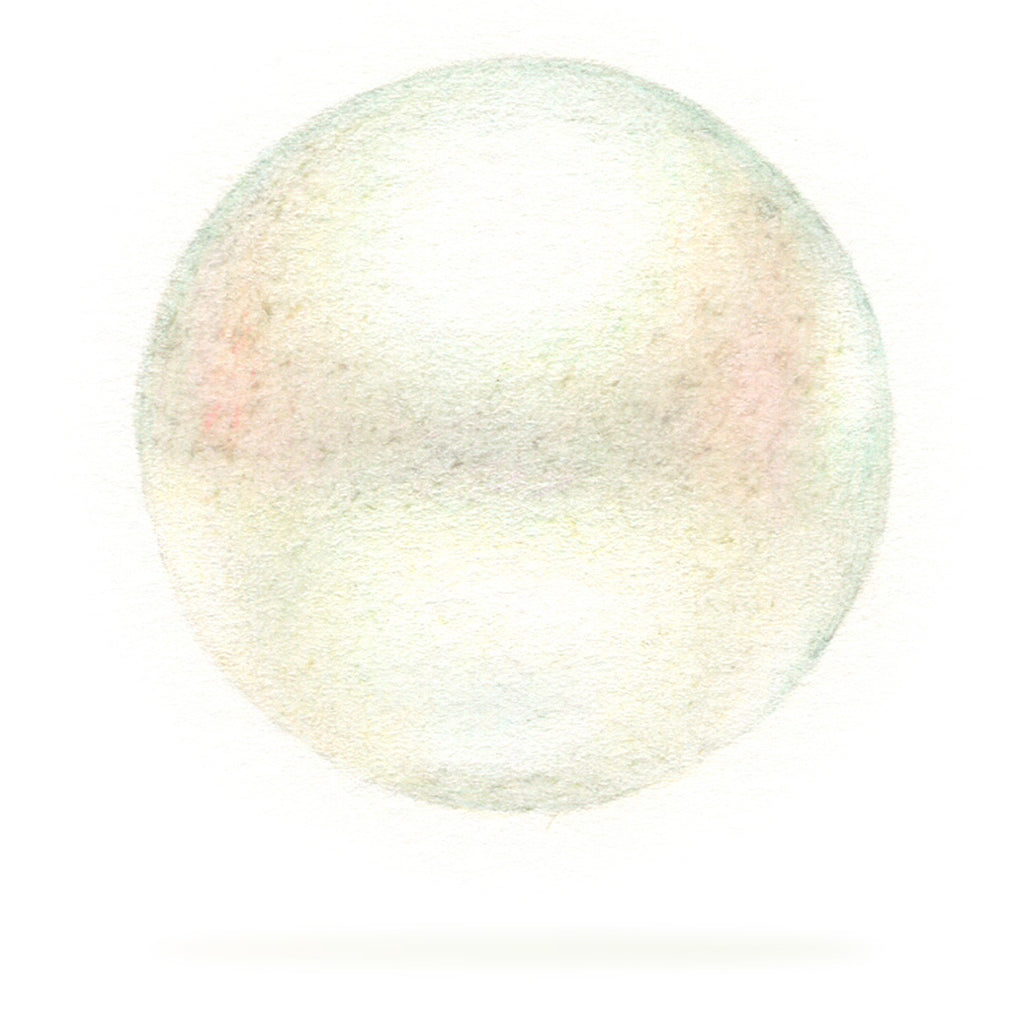
- Mineral/Calcium Carbonate
- Colour/White, grey, yellow, orange, pink, lavender, green, blue
- Moh's Hardness/2.5 - 3
- Birthstone/June
- Anniversary/3rd & 30th
GRADING
Listed here are the seven grading factors for valuing pearls.
Lustre - perhaps the most significant factor relates to both to a pearl's brilliance - the way its surface reflects light - and its inner glow; the way it refracts light.
Surface Quality - this is considered the second most important factor in evaluating a pearl’s value. It refers to the amount and types of flaws that appear on the outside surface of a pearl. Surface quality is generally evaluated in terms of ‘clean’ to ‘heavily blemished’, with grades of blemishing in between.
Shape - pearls are graded into eight shape categories: round, drop, button, oval, semi-round, circle or ringed, baroque and semi-baroque. Generally, the rounder the pearl, the more valuable it is, but perfectly round pearls are very rare. Baroque pearls are often less expensive but they can be just as lustrous and appealing as the round.
Colour - saltwater cultured pearls display all colours from white to black and everything in between. South Sea pearls often refer to high grade white pearls while Tahitian pearls are grey to black. Freshwater pearls are white and dyed into a myriad of colours.
Nacre Thickness - if the nucleus is visible under the nacre, or if the pearl has a dull appearance, you can assume that the nacre is thin. This affects the lustre as well as the durability of the pearl.
Size - generally speaking, the larger the pearl, the more valuable it is. Different varieties come in different sizes with South Sea cultured pearls being the largest.
It's important to remember that as they are an organic material, no pearl will be totally flawless and perfect. A pearl’s imperfections, because they are natural, do not necessarily detract from it’s beauty or value.
HISTORY
Pearls have a long history that goes back to their first recorded mention by a Chinese scholar in 2206 BC. Throughout time, humans have long been drawn to the luminosity and lustre of natural pearls, as has been recorded across many religions and cultures. The first discovery was most likely by people looking for food, who upon opening a mollusc, found a pearl.
Natural pearls are indeed a rare and beautiful thing. One of the oldest fragments of pearl jewellery dates back to 420 BC and was found in the sarcophagus of a Persian princess, now displayed at the Louvre in Paris. Worn as symbols of status by the elite, they were popular with the ancient Egyptians, Chinese, Arabs and Romans, with Julius Caesar passing a law in the 1st century BC prohibiting the wearing of pearls to anyone outside of the ruling classes.
During the Middle Ages, knights often wore pearls during battle in the belief that they would protect them. In the 15th and 16th centuries, new pearl discoveries in Central and South America led to a golden age in pearl trading. The demand for pearl jewellery by Western European nobility remained high until the 19th century, when an unsustainable greed for American pearls led to the depletion of pearl oyster supplies.
As a result, today natural pearls are amongst the rarest of precious materials on earth. Only the occasional quality natural pearl is found and these fetch incredibly high prices. Until the start of the 20th century, pearl diving was very dangerous with high fatalities due to the dangerous conditions for divers, who often reached depths of 30 metres and would only find 3-4 quality natural pearls in every tonne retrieved. In 1893, the Japanese development of the first cultured pearl by Kokichi Mikimoto radically transformed the industry. As a result, cultured and farmed pearls are now produced in many diverse colours and grades, making them widely accessible for the first time. Since the mid 20th century, thriving cultured pearl industries are found not just in Japan but also Australia, French Polynesia and other countries.
CARE
Pearls need to be kept in a soft and dry environment as they are porous and vulnerable to acids and abrasive materials. Clean them by wiping with a soft clean cloth. Avoid water and any chemical contact and always apply perfume and hairspray before wearing your pearls. If strung on pearling thread, be sure to have your pearls rethreaded if the piece starts to show signs of wear and tear.


